Days 33 And 34 - Sightseeing In Nagasaki and a Few Words About Our Measurements, The Kyushu 108 Temple Pilgrimage, Japan



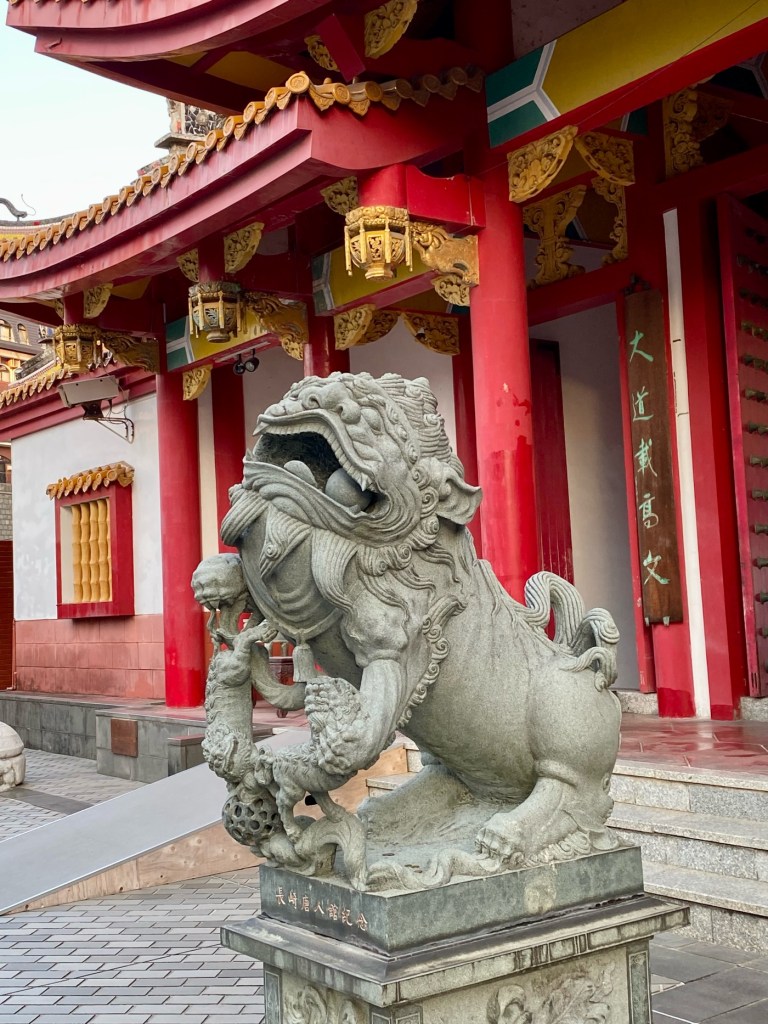

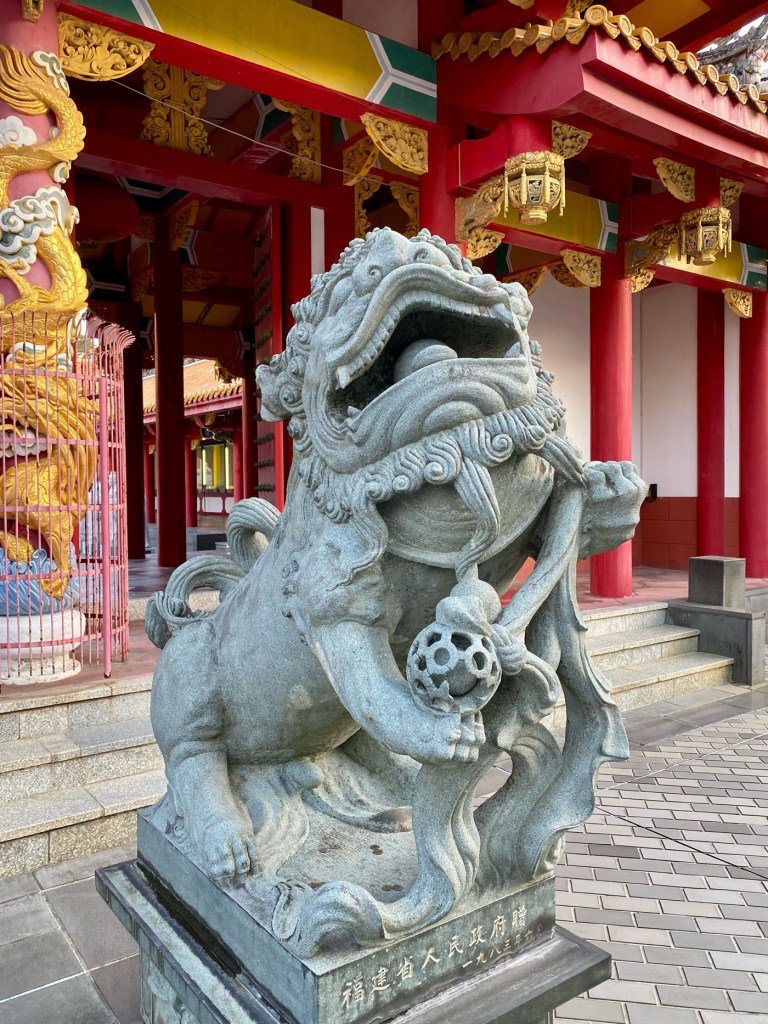
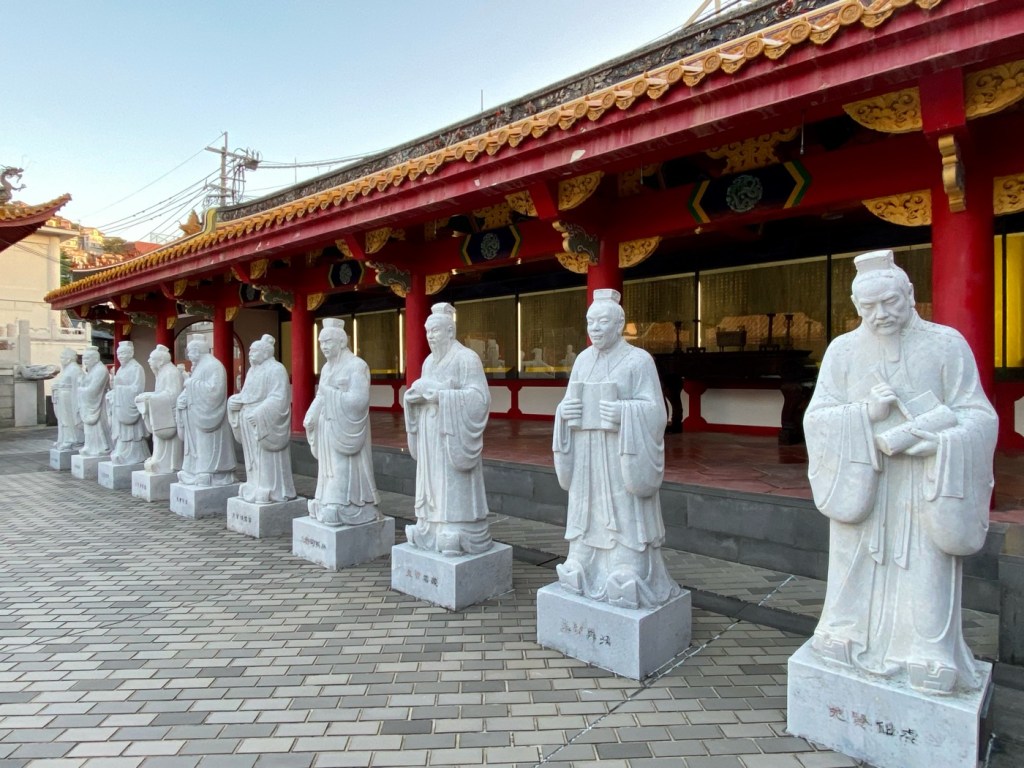

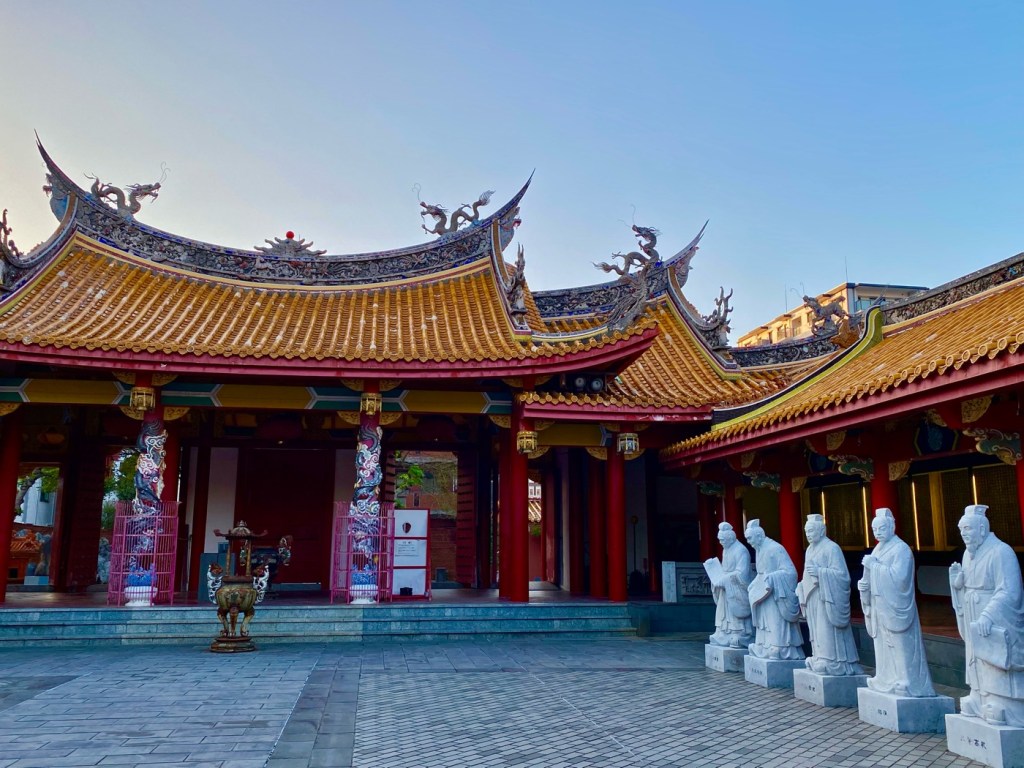



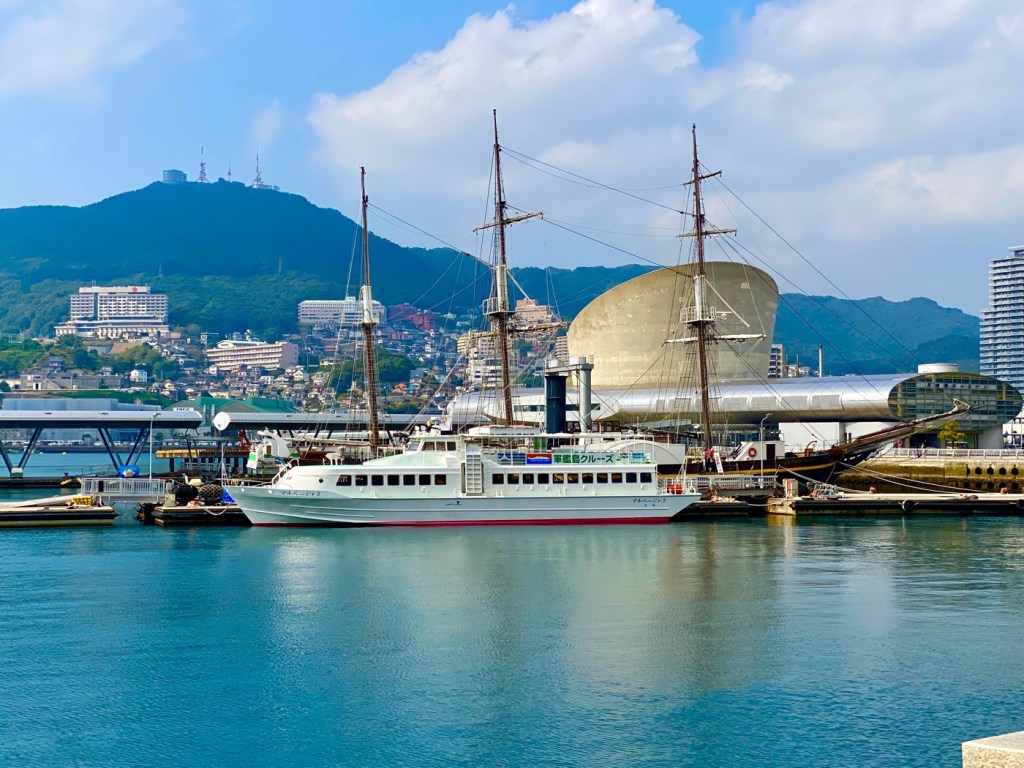


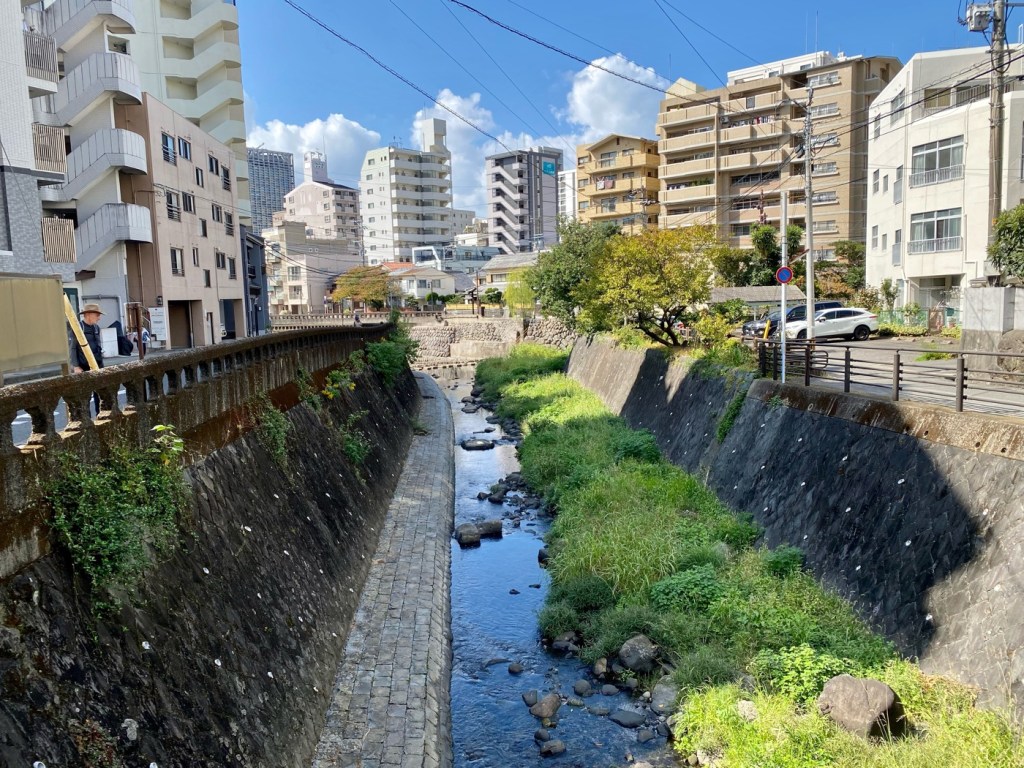
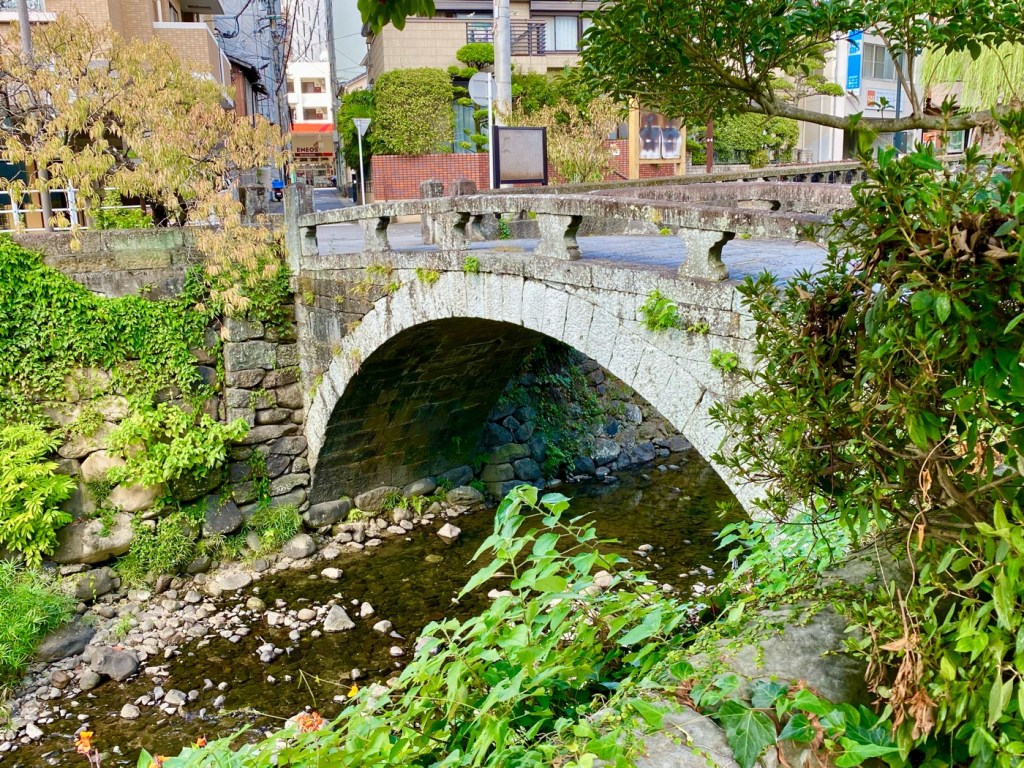

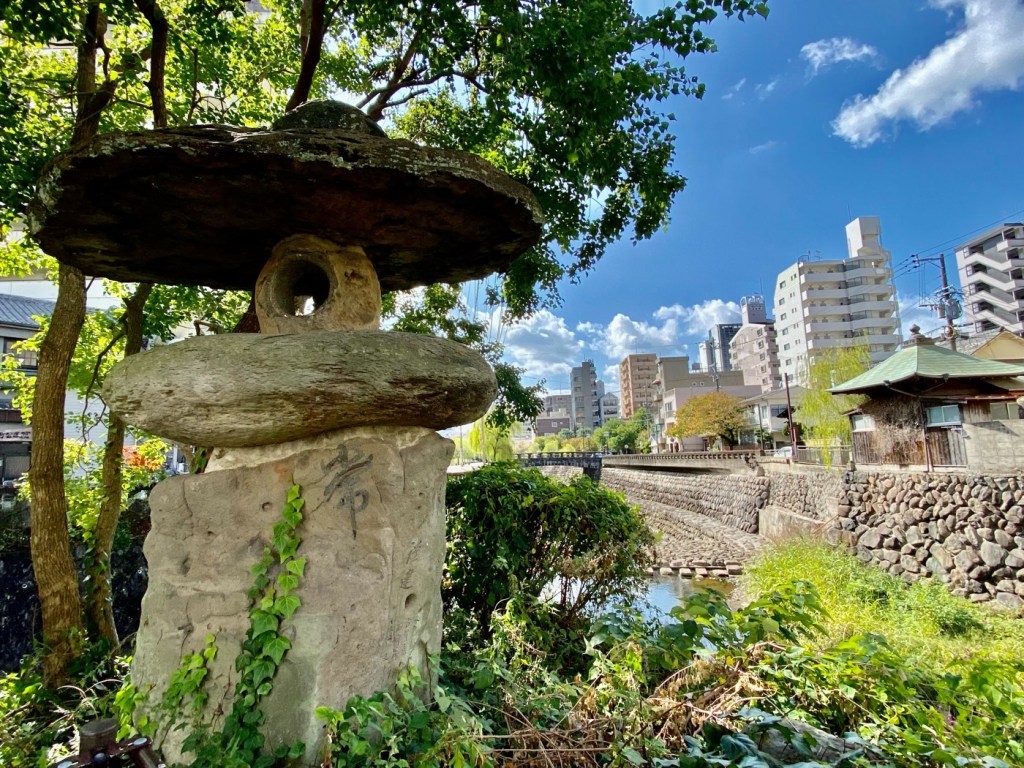

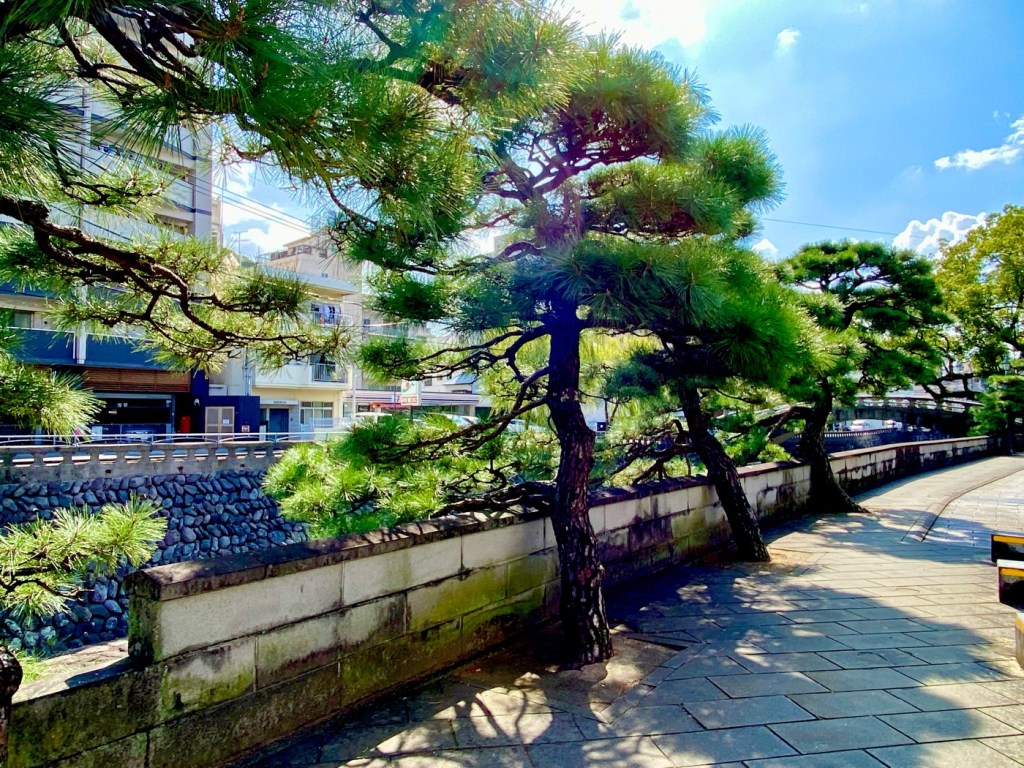
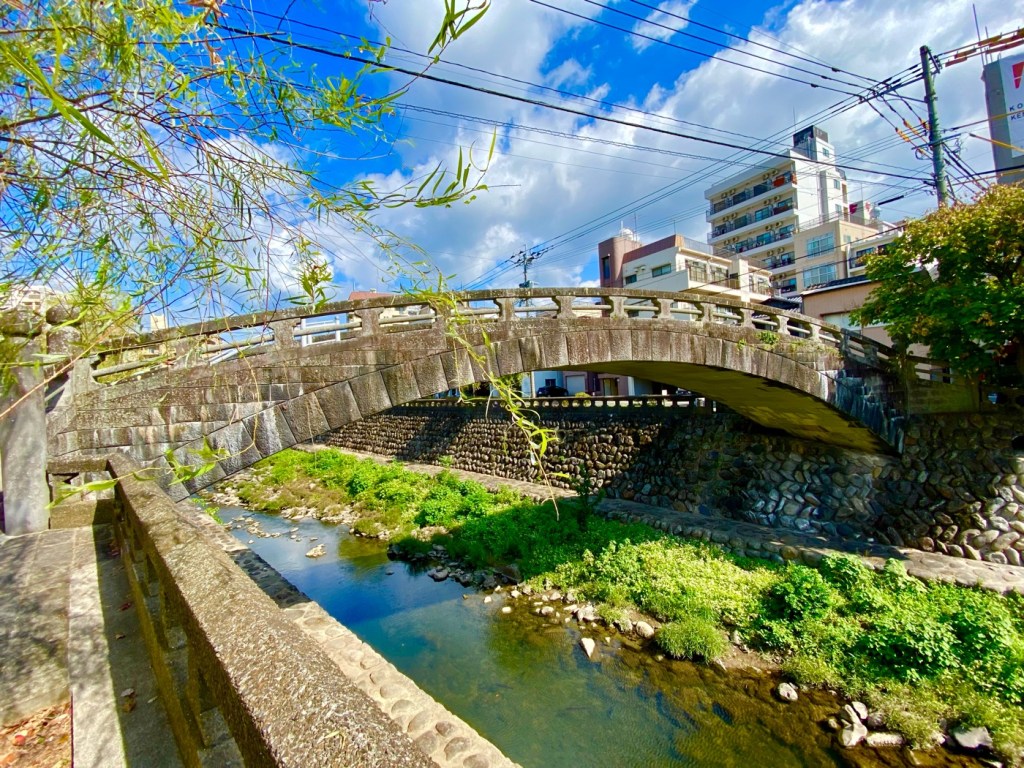





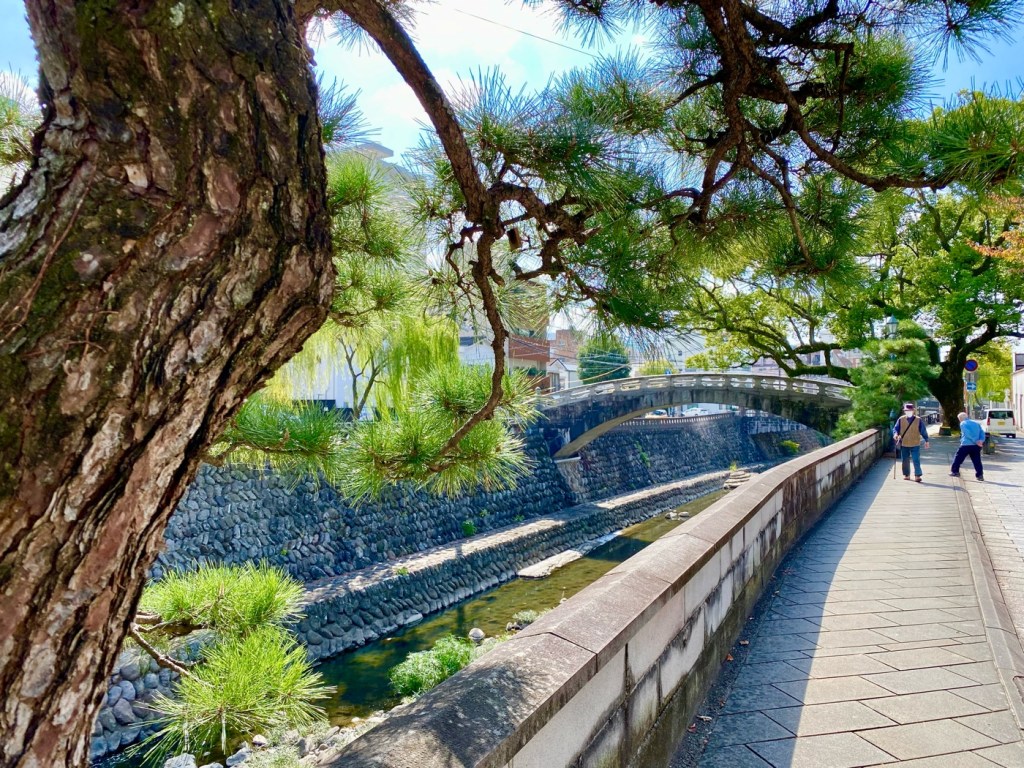
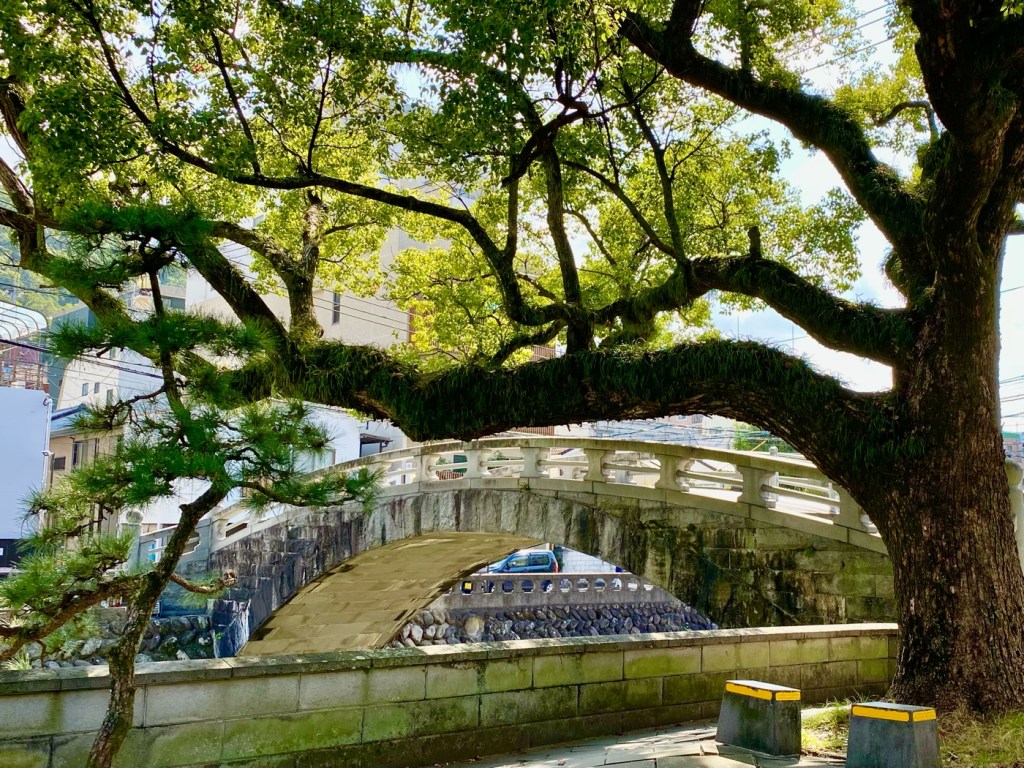
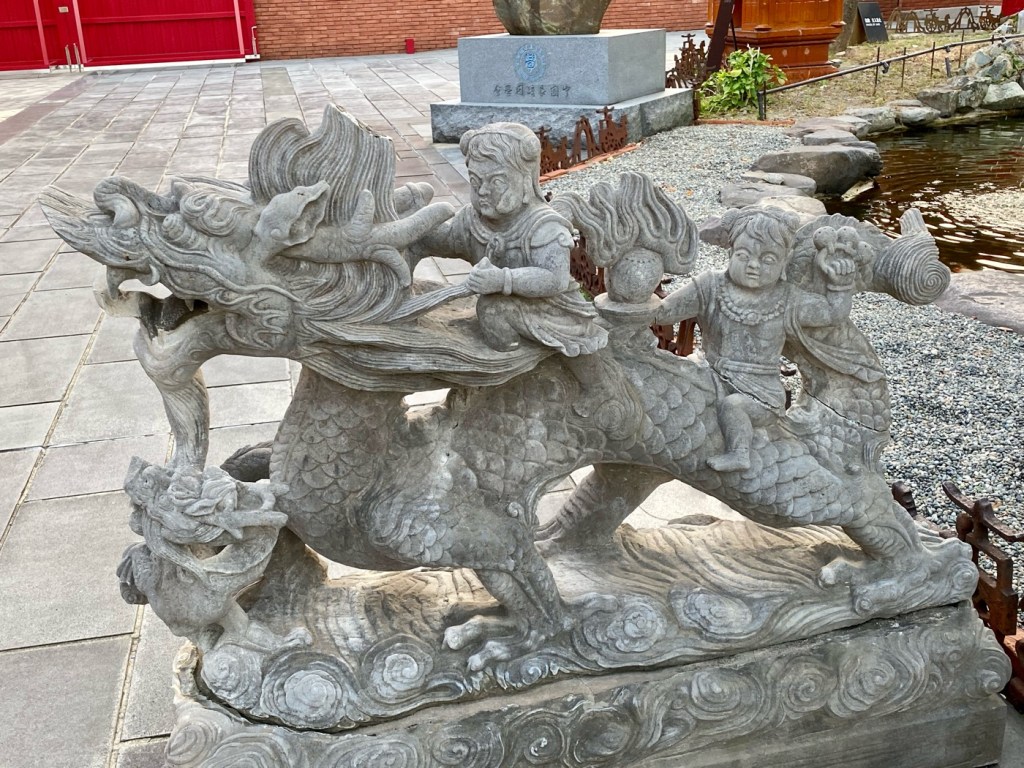

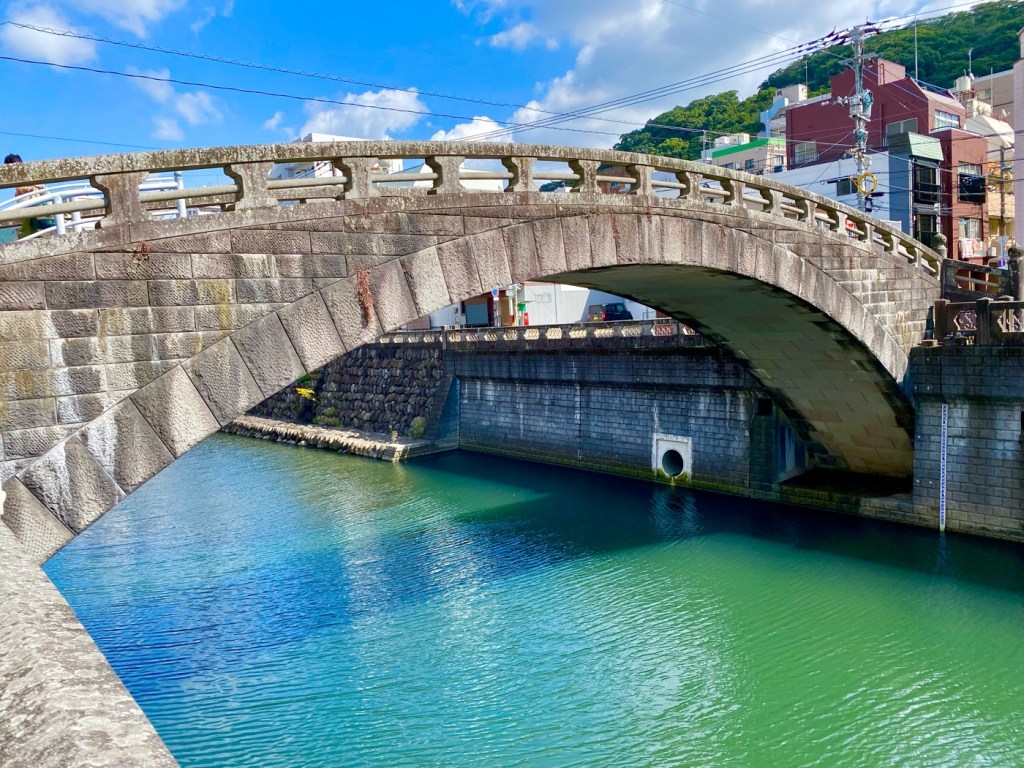
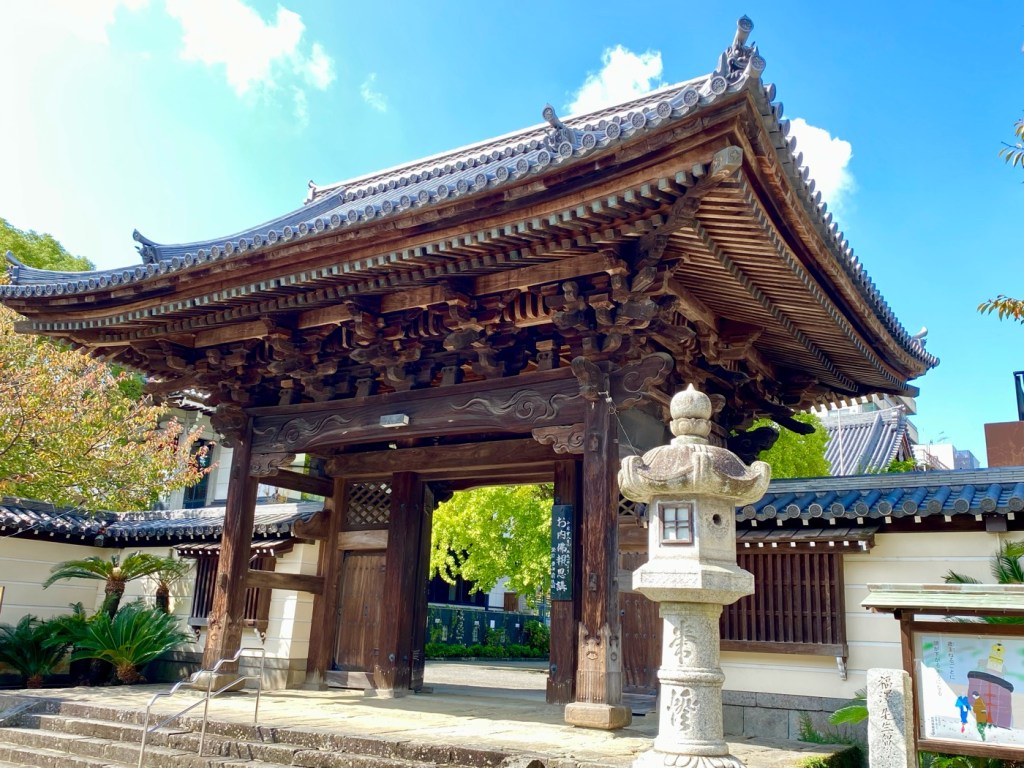


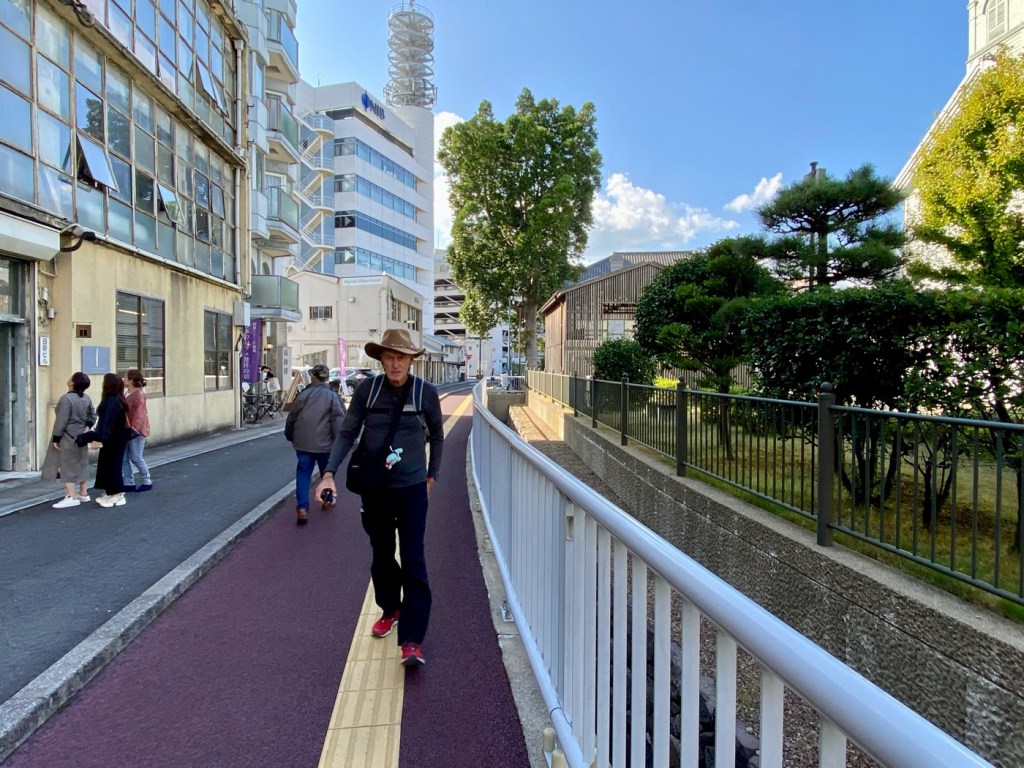





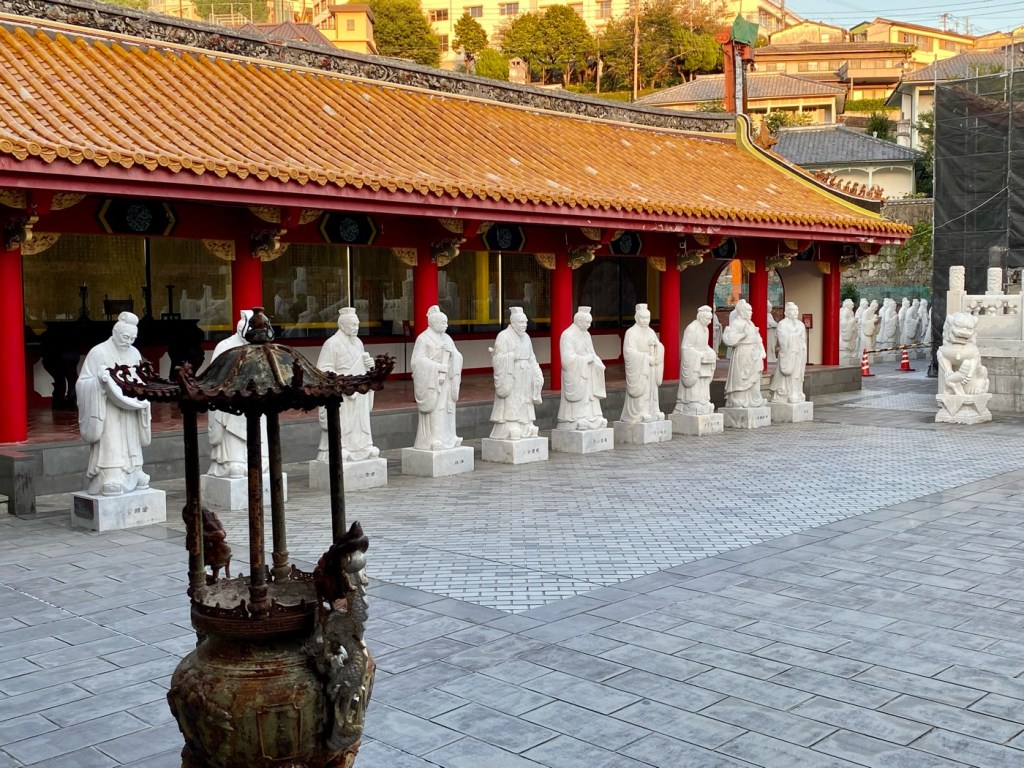
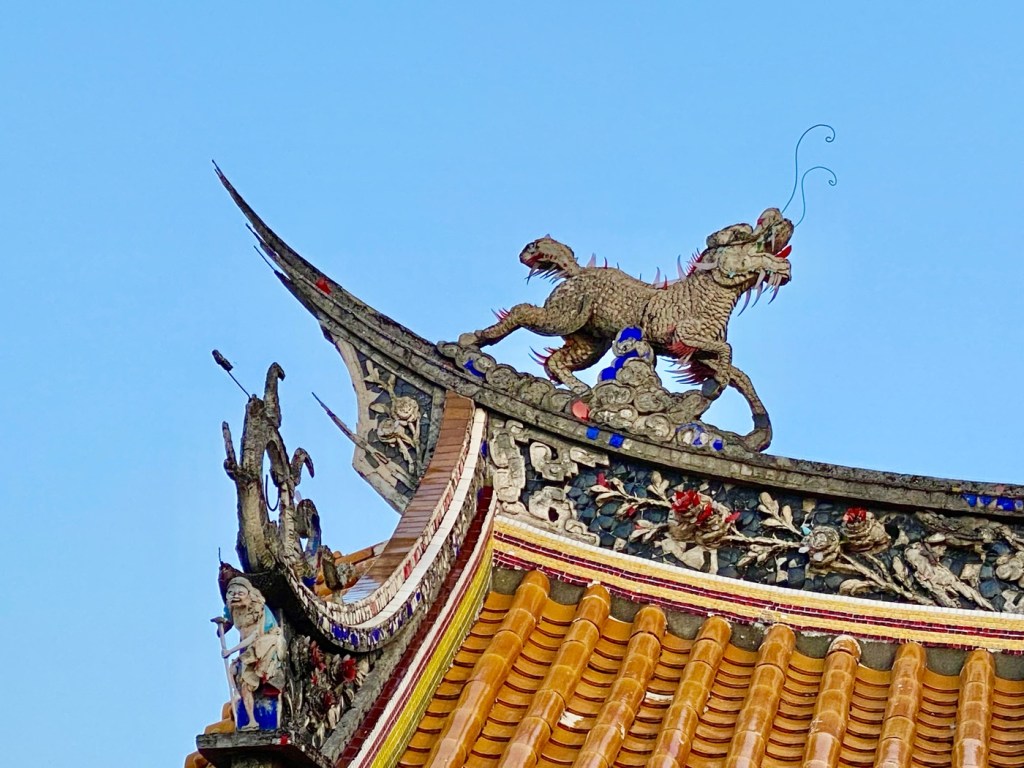
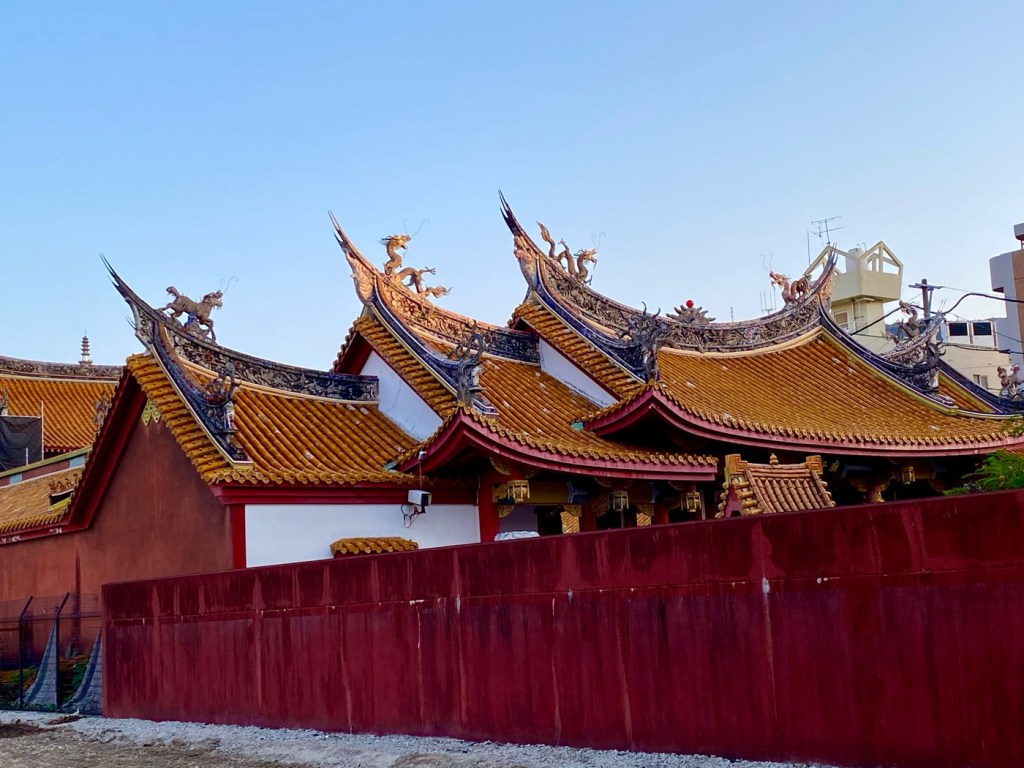
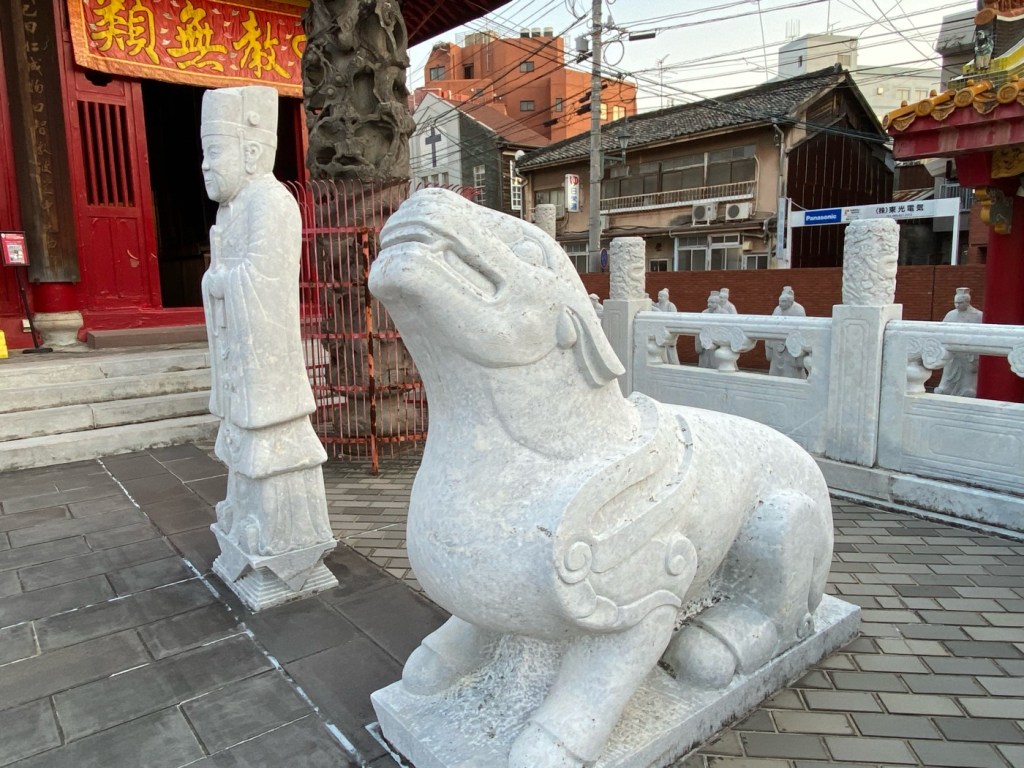





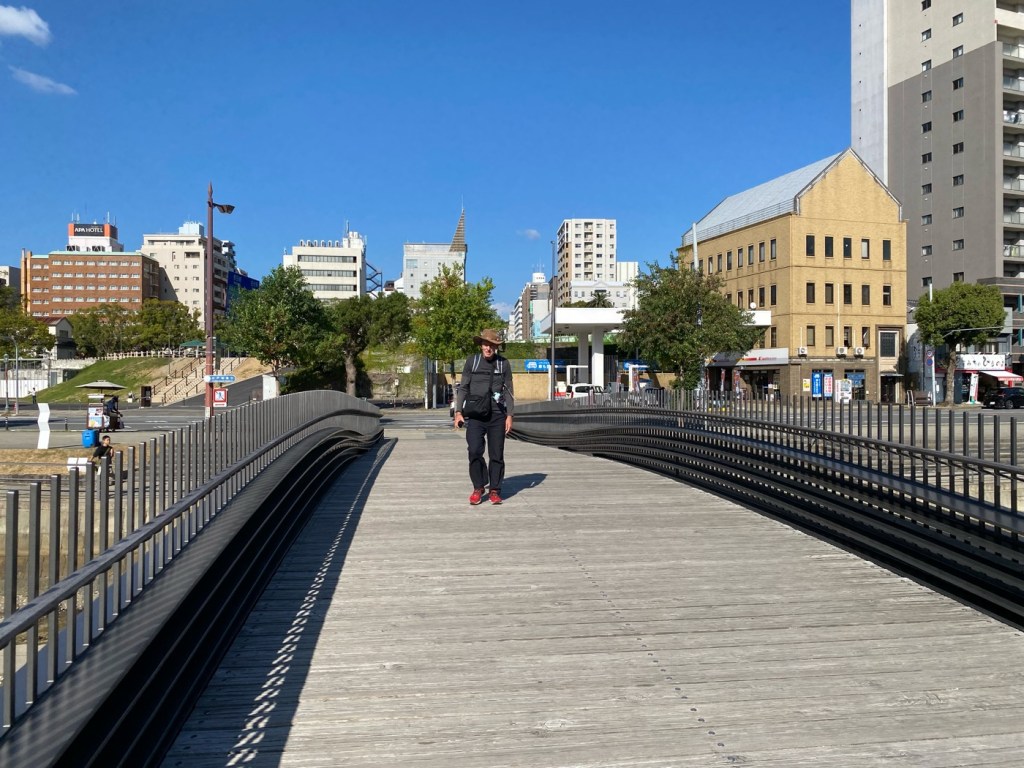




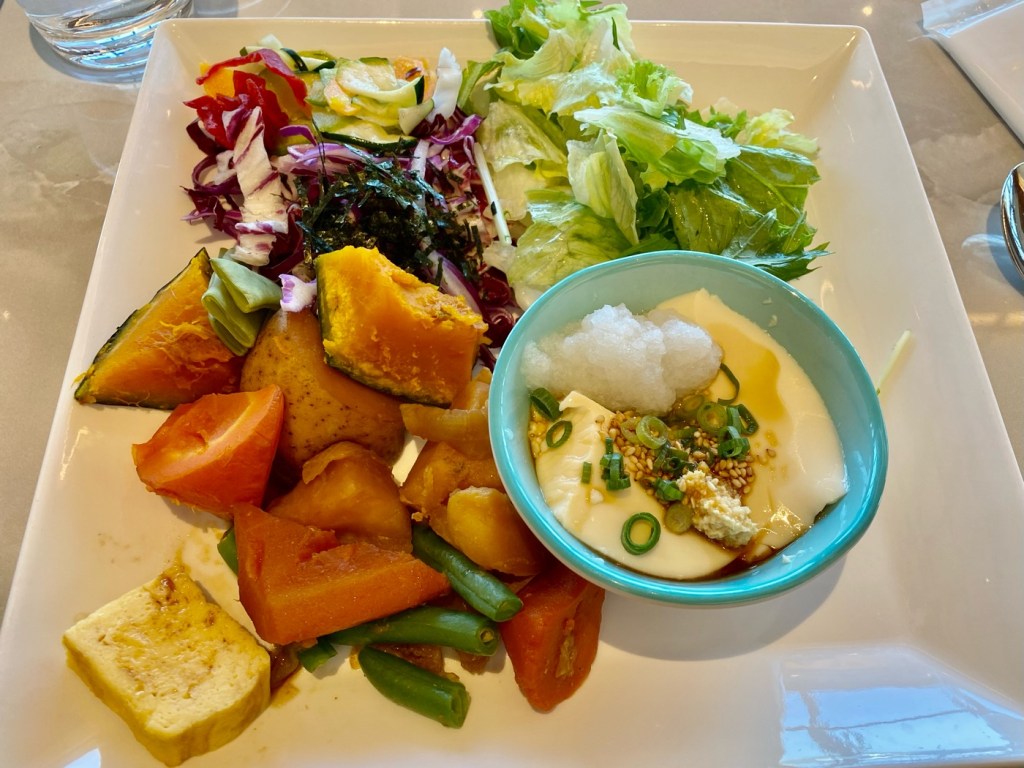
Days 33 And 34 - Sightseeing In Nagasaki and a Few Words About Our Measurements, The Kyushu 108 Temple Pilgrimage, Japan
The last time we visited Nagasaki was probably more than six years ago.
Neither Jules nor I remember exactly what year it was when we came here, but we both remember the city quite well.
The last time we were here, we came as tourists, and beside seeing all the sights, we also visited the atomic bomb epicenter, watched all the documentaries in the museum, and even spoke with some survivors who were volunteers in the museum, helping visitors to understand the catastrophic damage that was inflicted on the people living here.
It was a very informative but also a very sad visit.
This time, we have come as pilgrims, tired and a bit worn out from a month on the road.
After sleeping (or maybe I should say, not sleeping) for three nights on beds as hard as rocks, we decided that we must be more comfortable and sleep better at night.
We canceled the hotel reservation that we had made in Nagasaki, and upgraded our accommodation to a four star hotel with a hot springs.
The hot springs were not only to soothe and relax our muscles after days of walking, but they also uplifted my spirit, which is very important when we are on the road.
They left me feeling clean and fresh, which was also why I do our laundry every single day.
It was not that our clothes were sweaty.
Now that autumn was finally here, on many days we did not sweat at all, but washing our clothes made me feel fresh and clean and ready for a new day.
Because I felt poorly, we had very modest goals for these days in Nagasaki, especially since we’ve already spent time sightseeing in Nagasaki on our previous visit.
It was a chilly and rainy morning when we checked out of our hotel in Kikitsu and took a train to Nagasaki.
We were grateful that the lightning and heavy downpour held off until we were inside the station and protected from the storm.
By the time we arrived at Nagasaki Station, the weather had cleared up and it was dry again.
We had skipped the breakfast at the hotel, which was just a bento box with cold rice, a patty of fried chicken and vegetables cooked in sugar and soy sauce.
Instead, we drank tea in the Starbucks and ate some rice balls that we’d bought in the station.
We left and walked around the Dejima port area of Nagasaki, looking at the restaurants that lined the harbor.
Most of the restaurants were for the tourists, and the harbor area had a vast boardwalk to walk on.
On both days we stayed in Nagasaki, we ate lunch in a tiny organic and mostly vegan restaurant that was run by three hardworking women.
They had only one table and a counter with seven tall chairs, but they had a steady stream of loyal customers who seemed to come daily.
The food was delicious and so inexpensive that I could see how people would come here daily instead of cooking at home.
The menu was tiny and all meals included an organic green salad or a hearty vegetable soup made with 14 different kinds of vegetables and sea salt that they had made themselves.
We ate a vegan vegetable curry, with roasted vegetables that they have grown on their land.
The restaurant also organizes a monthly Nordic walk, where you walk with poles to exercise your arms.
The $8 group walk also includes a delicious lunch afterwards.
We chatted with the ladies about the benefits of walking and told them that we were walking around Kyushu island.
This raised the interest of the whole restaurant, and the other customers wanted to know all about it.
They wanted to know where we were going next, where we stayed, did we use trains and buses, how old we were and how long it would take us to complete the journey.
They apologized for bombarding us with questions, but we reassured them that we were happy to answer any questions they had.
On the two days that we walked around Nagasaki, we visited many sights.
In the middle of the city, there is a wide river with many stone bridges.
The Nakashima River was not naturally formed, but instead it is a manmade canal built during the late 16th century, when Nagasaki flourished as a trading port with China and Portugal.
It flows through the center of town and plays an important historical and cultural role at the centre of people's lives, and thus was known as "Mother River.”
At the end of the Meiji period, the Nakashima River was used as an important waterway by small boats transporting goods.
The stone bridges over the river were originally built in the 17th century for the visitors of the temples and shrines at the foot of Mt. Kazagashira.
The streets connecting the temples and shrines to the stone bridges have flourished as towns where many merchants lived.
Most of the original stone arch bridges were washed away in the flood of 1721, and were later rebuilt.
Many of the bridges were destroyed again by a flood in 1982.
We walked around Nagasaki and through many streets and alleys.
We visited the remains and recreation of Dejima island, which was a man made island where the Dutch traders were isolated, but allowed to live and trade.
It was the Tokugawa Shogunate’s way of preventing the spread of Christianity around Japan.
We visited the amazing Confucius shrine and had the place to ourselves, about an hour before closing time.
The last time we were here, there were buses of Chinese tourists and we could barely see anything at all.
We spent a lot of time sitting in cafes and soaking in the hotel’s hot springs, watching the moon from the hot outdoors bath.
Sleeping in the comfortable bed made me feel better, and I hoped that I had healed and was now ready to continue our journey.
Now, a few words about how I calculated the distances on this pilgrimage.
We have a total of 108 temples to visit that are all around Kyushu island.
The temples are very spread out, and are not located in a neat line that you can visit consecutively.
There are many zigzags paths along the way and often we had to return to a place we had already visited, in order to continue walking south or west.
So I decided to measure the actual distances from temple to temple, as the most accurate measurement of the length of the pilgrimage.
The fact that we were staying in another city and that at the end of each day we needed to commute to our hotel back and forth, is not really a correct basis for counting the distances between temples.
In order to give a more accurate measurement of the distances between temples on this pilgrimage, I keep two running totals in my notes.
One is for the distance between temples, and the other is for what we actually walked to date.
Currently, the numbers on both lists are almost identical.
With love and care,
Tali
Stats: 23,930 steps
Today’s walk: 16.5 km
Kilometers walked to date: 561
Temples visited: none